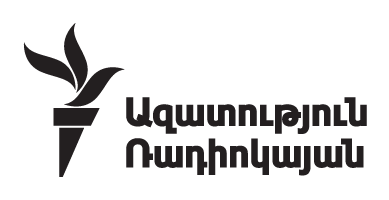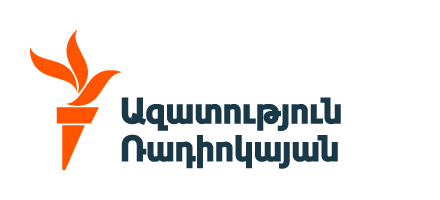According to most recent government data, the country’s official poverty rate has dropped by only 2.7 percentage points, to 23.7 percent, since 2021. Pashinian’s cabinet had pledged to cut it by half by 2026.
Pashinian acknowledged that the percentage of Armenians living below the official poverty line “continues to be high” when he presented his government’s state budget proposal for next year to lawmakers.
“We show, on the one hand, economic growth, a large circulation of money in the Republic of Armenia but do not have a significant reduction in poverty,” he said. “I have thought a lot about this phenomenon. Do you know what is the reason for this, in my opinion? The ruins of schools are the reason for this.”
“That’s because you destroyed the schools,” he went on, pointing the finger at opposition lawmakers portrayed by him as representatives of Armenia’s former leaders. “That is, not that you destroyed them but that the schools were destroyed during your time. That’s because during your time the higher education system, the quality of the system plummeted.”
Pashinian did not offer any evidence of that destruction or elaborate on its connection with living standards. Nor did he say what he has done to reverse a post-Soviet decline in educational standards since coming to power in 2018. His critics say the degradation of Armenian schools has continued during his rule.
The Armenian economy has grown robustly since 2022 thanks to positive knock-on effects of Western sanctions against Russia. Armenian entrepreneurs have taken advantage of the sanctions by re-exporting many Western-manufactured goods to Russia. Some analysts believe that this growth regularly touted by Pashinian has had a limited socioeconomic impact because it has mainly benefited a narrow circle of individuals and businesses.
The current Armenian government has also failed to fulfill another key socioeconomic promise. In its five-year policy program approved by the parliament in 2021, it pledged to raise the average pension to the per-capita minimum cost of living in the country. At 49,000 drams ($128) per month, it is still well below the so-called “minimum consumer basket” which the World Bank and the Armenian Health Ministry estimated at 61,000 drams and 76,000 drams respectively.




